They live according to the Ordnung.
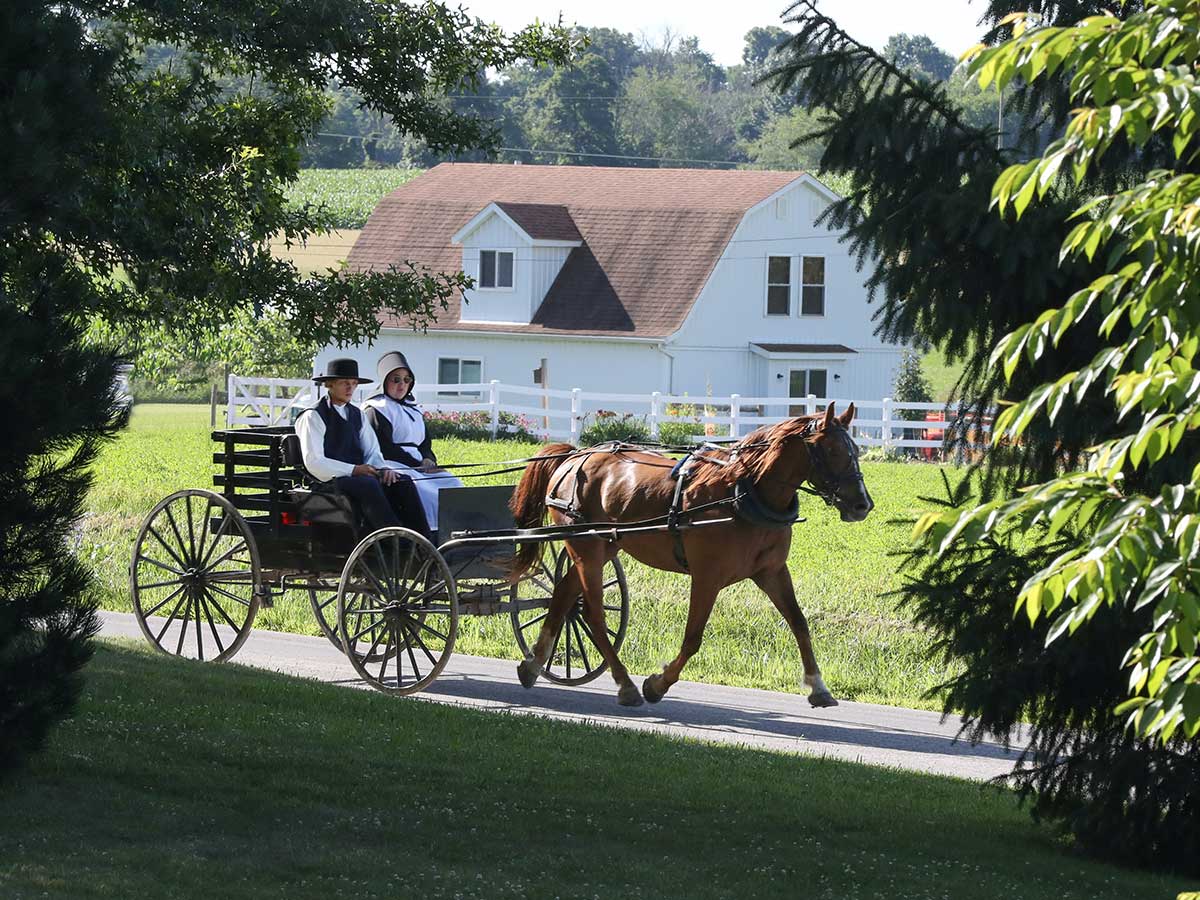
The Ordnung is an unwritten manual that governs Amish society. This set of unwritten rules outlines every custom of Amish life, from generalizations on how to practice religion to minute details about dress, carriage design, and hairstyle.
As the Ordnung is not written down on any document, the Amish have relied on oral tradition to keep their unwritten precepts alive.
They don't baptize children.

The Amish religion follows that baptism is an individual choice. As such, they discourage young members from making the decision flippantly, as they believe baptism is a lifelong commitment.
Thus, as Amish people, they will not be baptized before the age of 16, with decisions usually coming between the ages of 18 and 22.
The Amish hold church services in their homes.
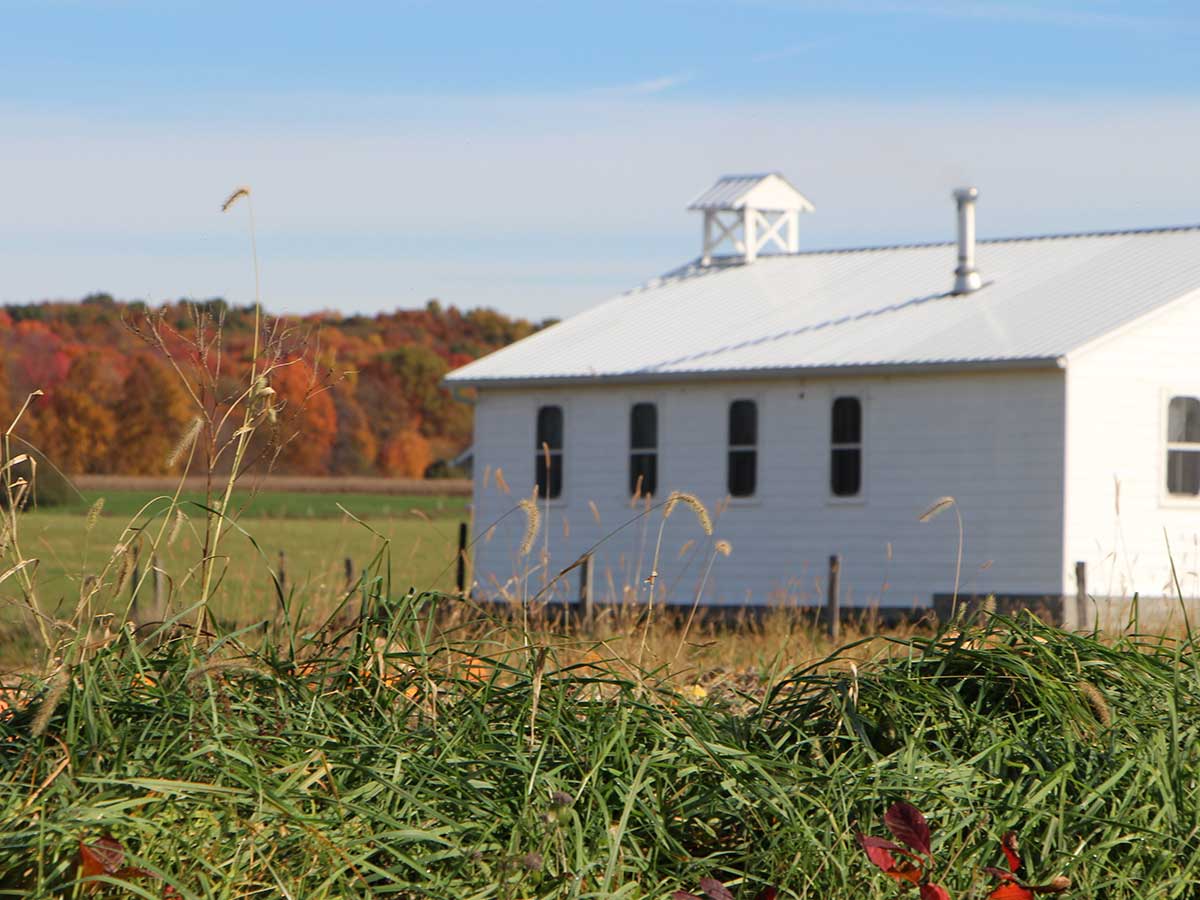
The bi-weekly services are segregated between men and women and can last up to three hours. The services are conducted in Pennsylvania Dutch and German.
The pastors are not formally trained but are instead nominated by the congregation. Church is held every other Sunday, with lunch and time for socializing after the service.
The Amish don't proselytize.

You may be wondering how the Amish numbers grow, and it's quite different from other religions. Most Amish don't make any efforts to boost membership of their religion.
They prefer to remain a closed society, and their rigid lifestyle makes joining relatively prohibitive. You won’t be denied if you want to join, but you will have to learn Pennsylvania Dutch and give up all technology.
The Amish educate through 8th grade.

The Amish see virtually no value in formal schooling beyond the 8th grade. The basic skills of reading, writing, and arithmetic are taught through 8th grade along with Pennsylvania Dutch (their version of German).
Most Amish teens will receive training post-graduation in craftsmanship or agriculture. The Amish traditionally oppose higher learning because of its potential to suggest anti-Christian ideas.
There's no music in the Amish hymnal.

The traditional Amish hymnal, the Ausbund, contains words but no music whatsoever. The songbook dates back to an era in which persecution and imprisonment for Anabaptists were common.
As Amish lore holds, the Anabaptist wrote the Amish songs that churchgoers still sing today. Songs can be as long as 30 minutes and are described as "music for the soul rather than music for the ear."
The Amish don't use musical instruments.

The only musical instrument the Amish use is the human voice. They believe playing instruments promotes self-expression, and that’s why they are forbidden
The only exception is the harmonica—which is saved for special occasions.
Excommunication is always a possibility.

Once a person becomes an official member of the Amish faith, they are expected to fully adhere to the rules of the Ordnung. If they do not, they can be excommunicated.
When an Amish person is excommunicated, other members, including family, shun them. While it sounds awful, you can be welcomed back if an excommunicated member genuinely repents.
The Amish have huge families.

The Amish take the Bible's call to "be fruitful and multiply" very literally, which accounts for the increase in population in the United States. As a closed society, most Amish and Mennonite people are descendants of the original 200 families that first settled in America.
Unfortunately, there’s a limited gene pool and if there are birth defects present in both parents of a given family, those will be passed down. It’s impossible to know the extent because they also don’t seek medical attention.
Their dolls are a bit creepy.
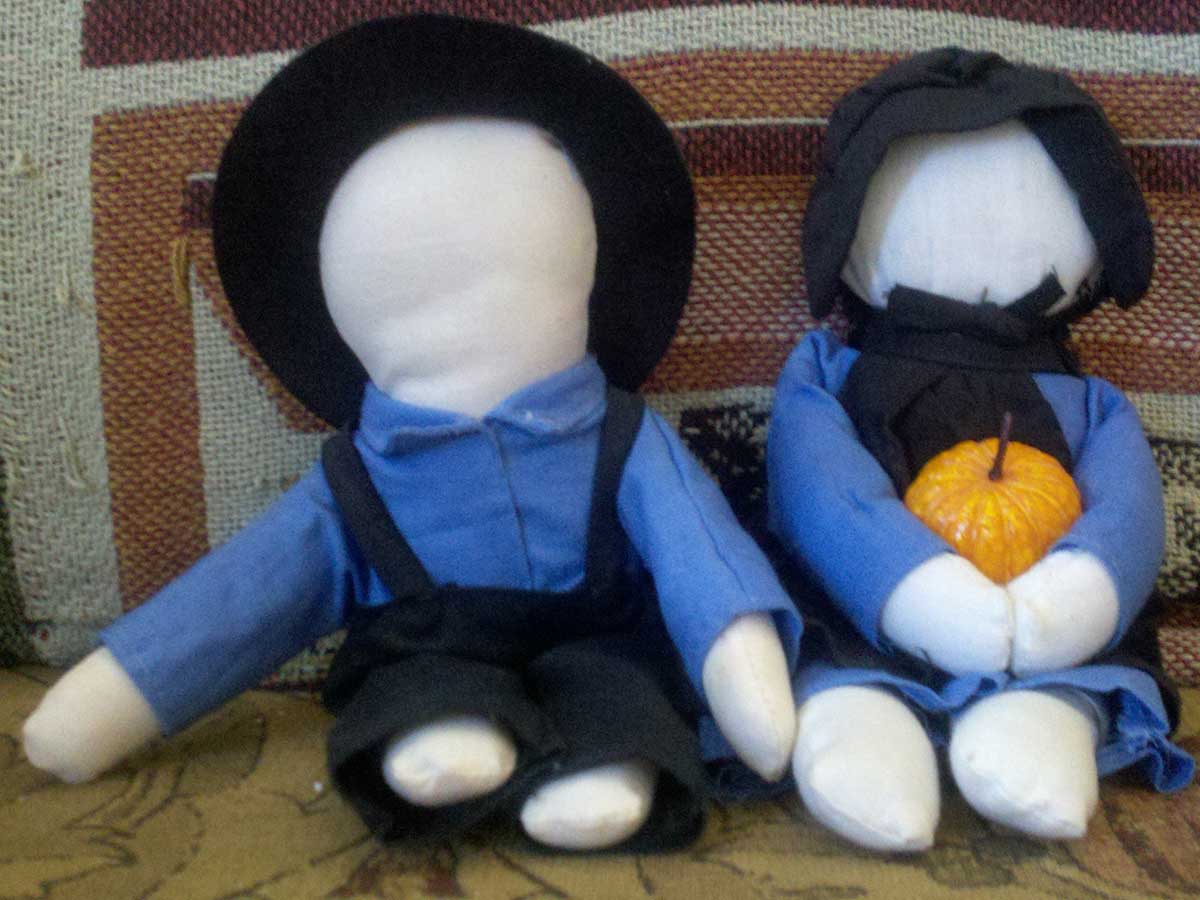
The faces of Amish dolls are left blank and aren’t anatomically detailed with fingers or toes. As they believe that only God can create life, they consider realistic human dolls to be idolatry.
The Amish prohibit graven images per Deuteronomy. These blank dolls also promote uniformity, which discourages vanity.
Amish teens "bundle" during courtship.

Bundling is a way of creating intimacy without the physical temptation of sex.
The event happens with a young couple lying side-by-side in bed but wrapped in extra blankets or separated from each other with a wooden board. They're encouraged to talk throughout most of the night.
Amish teens go through Rumspringa.

Rumspringa is one of the most well-known tenets of the Amish faith, which is literally translated as "running around." When Amish teens turn 16, they are allowed to experience the outside world and decide whether they still want to be Amish.
They are encouraged to stretch or break the rules like cars, modern clothes, drinking, and drugs. Oddly enough, approximately 90% of Amish teens eventually commit fully to their faith.
The Amish are pacifists.
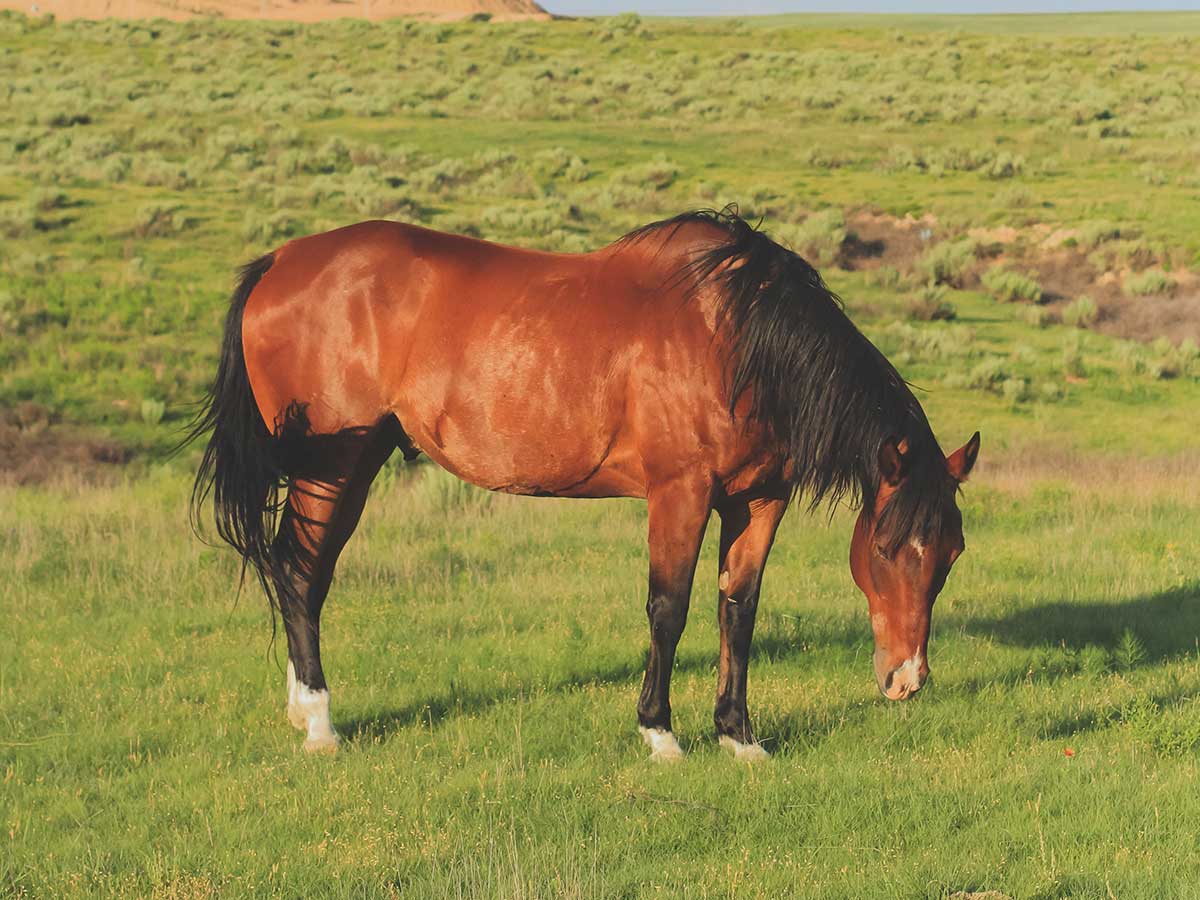
The Amish abhor all forms of violence. They do not serve in the military or in any aspect of government or police jobs.
Their literal interpretation of Jesus's teachings also prevents them from involving themselves in the justice system in any capacity.
The Amish shun almost all technology.

The Amish still focus on forsaking technological advancements, and it's for this reason—people should seek community bonds and help rather than focus on themselves.
However, they’re not without any technology altogether. Most communities have a public telephone, and they even have a special computer, the Deskmate (with no video, music, or Internet capabilities).
The Amish aren't fans of photography.

While many communities have opened up to take advantage of tourism for financial reasons, there are signs prohibiting photography. Amish believe the practice contradicts the biblical notions of humility and idol worship.
They do acknowledge that natural images are okay—photos in which they are photographed candidly within their environment. You notice that they don’t look at the camera. Posed photos are off-limits; not even their government IDs have them.
The Amish travel using buggies and horses.
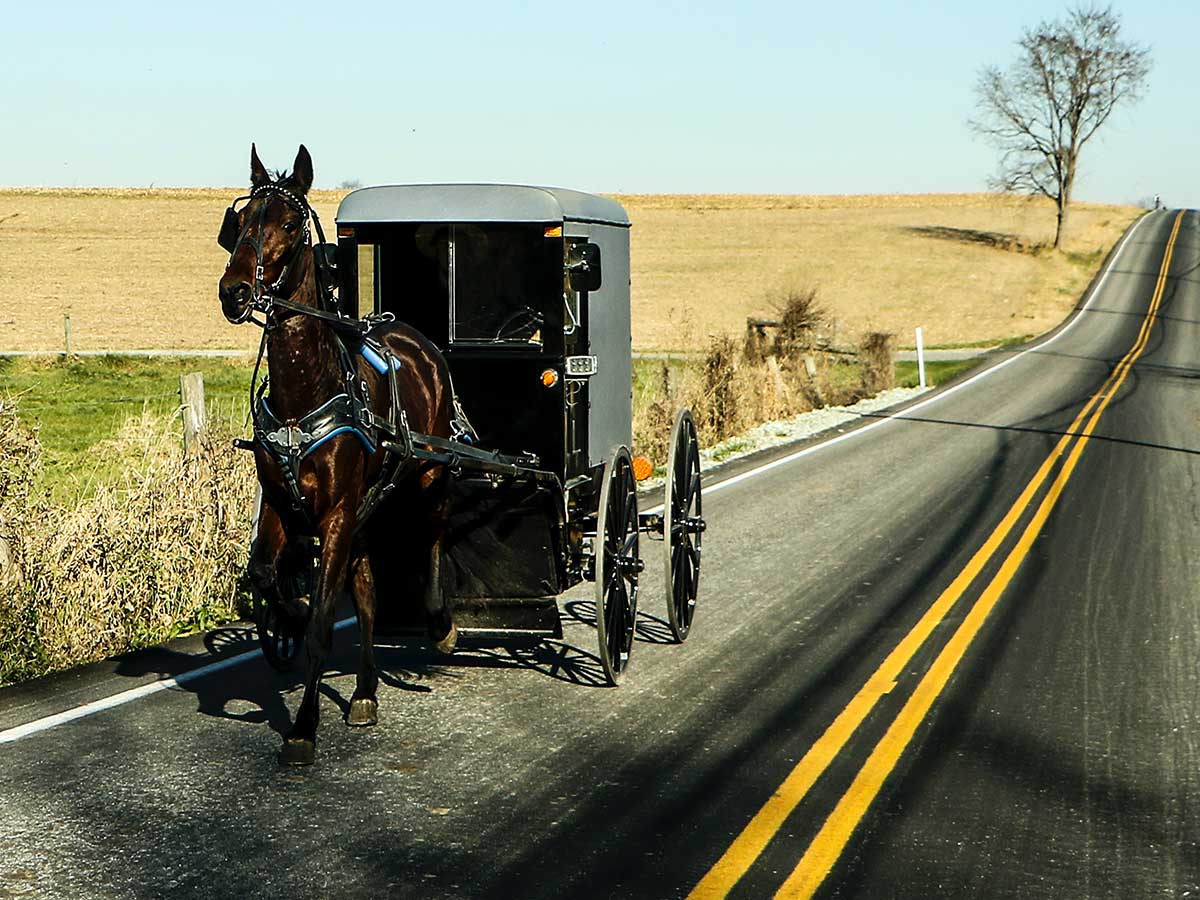
The practice of using buggies for transportation is one of the most well-known Amish lifestyle choices. A horse and buggy is a symbol of their commitment to living without modern technology, and they’re forbidden to drive cars.
The Ordnung outlines specifics of buggy design. However, the Amish can ride in cars and will often accept a ride if they’re walking.
Women are the backbone of the family.
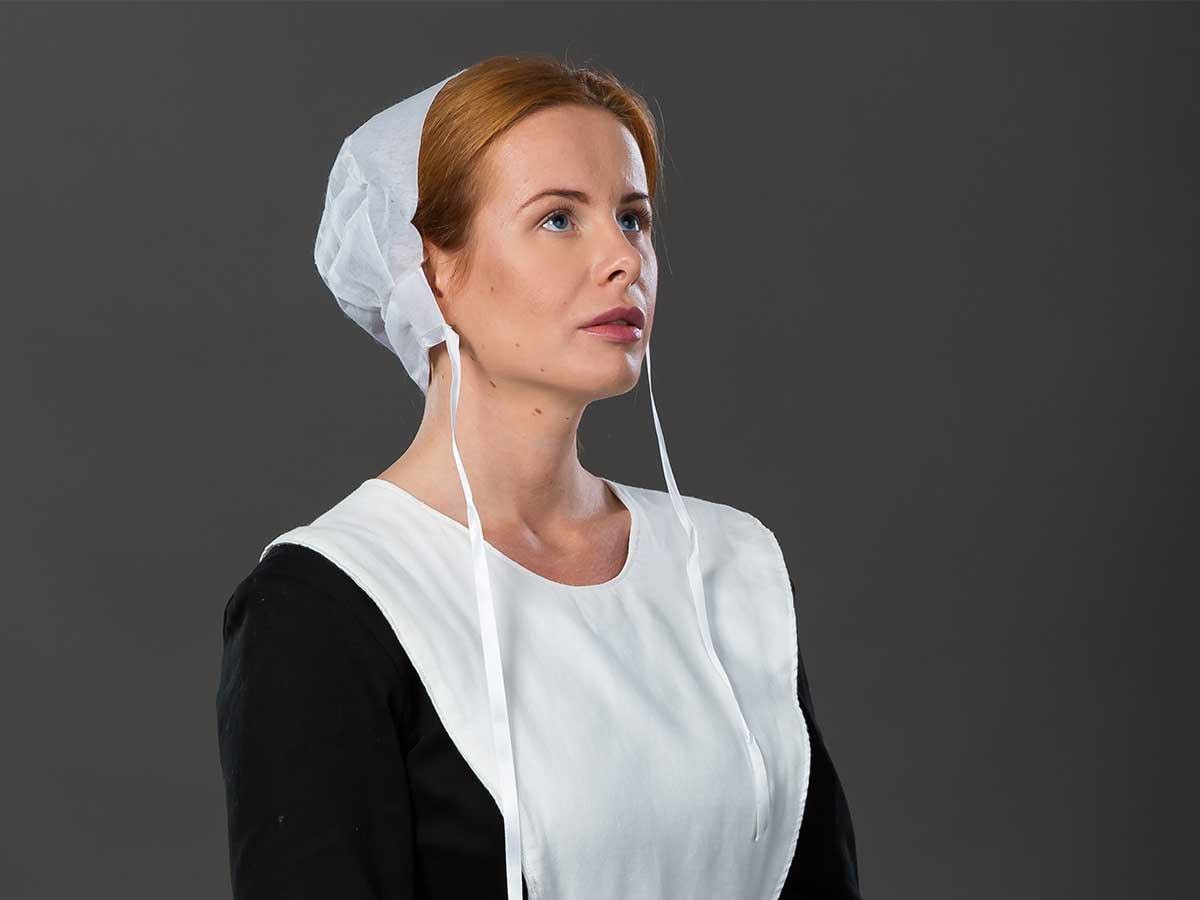
As you might expect, the Amish have specific expectations regarding how women should behave within their society due to their strict Biblical beliefs. In public, a wife should always defer to her husband.
Women’s jobs are traditional roles of mother, wife, and homemaker. Some do venture out beyond that: teaching, waitressing at Amish restaurants, quilting, and sewing.
The Amish basically have capsule wardrobes.
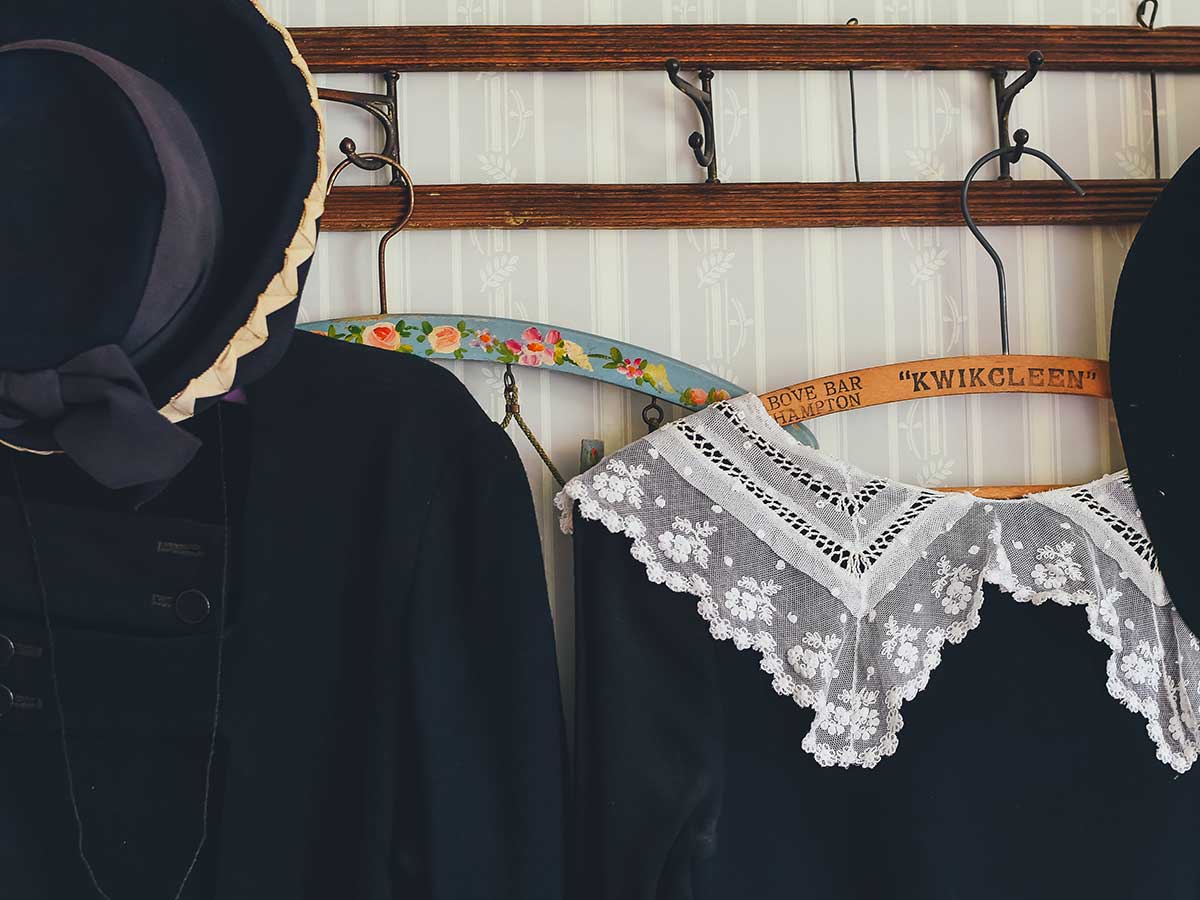
Garments are simple and practical—and uniform across families and communities. Women have four dresses: "One for wash, one for wear, one for dress, and one for spare."
Each of these is long and simple with muted colors—without zippers or belts. Single women wear a white apron and cape, while married women wear a black apron and cape. Women must wear prayer caps at all times.
Amish women never cut their hair.

Amish women are supposed to go their entire lives without getting a haircut, due to a literal interpretation of the Bible which deems it "shame" for women to get haircuts.
An Amish woman grows her hair long and puts it in a bun under the prayer covering/Kapp/bonnet on her head.
Amish men have dress rules as well.

Men must wear either a felt or straw hat at all times unless inside. Their shirts and pants are usually buttons only, eschewing zippers, belts, and collars. The buttons rule sometimes gets a little leeway, but many feel buttons are a luxury item and can lead to vanity.
Likewise, they don’t use buttons for decoration because it appears to be too similar to a military uniform.
Beards are a big deal for Amish men.

The Amish maintain certain expectations regarding men's facial hair. They must remain clean-shaven until marriage. Once married, an Amish male may begin growing a beard but will not ever grow a mustache, as that is perceived to bear similarities to the military.
An Amish man's beard is directly tied to his identity and is hugely personal.
The Amish really do have barn raisings.

The Amish refer to a barn raising as a frolic—which is a term for a social event with a utilitarian purpose. When a new barn needed to be created, hundreds of people attended the event, with men performing the manual labor and women providing the meals.
These events were a sign of community, which is the strongest pillar of the Amish religion.
Some Amish have a puppy mill problem.

Due to the lack of need for small-scale agriculture, some Amish have begun dog farming a.k.a. dog breeding.
They keep a large number of dogs with intent purely to breed and sell offspring, and the dogs’ treatment isn’t always a concern.
The Amish have unique wedding traditions.

Amish weddings are drastically different than ordinary weddings in the United States. While white wedding dresses are the norm, Amish women wear hues of blue and indigo for their special day.
They also are usually buried in their blue dresses. The "honeymoon" is the practice of spending time at community houses getting to know everyone in the community rather than leaving on an exotic vacation.
The Amish don't learn about the birds and the bees.

For Amish teens, there’s no intimacy talk at all from their parents. They literally don’t get told anything about their changing bodies as teens, nor do they learn where babies come from or how it all works.
Instead, Amish teens either talk about the matter between themselves or have to figure it out once they’re married or on Rumspringa.
Women can't be church officials.

Amish women don’t get positions of power within the church, and this comes as no surprise. Because they follow literal interpretations of the Bible, women's roles remain very clearly defined in relation to men, especially their husbands.
However, women are still highly valued within society, and the Amish believe that “God sees them as same value—with different roles to fulfill.”
The Amish have their own language.

Pennsylvania Dutch is what most Amish children are taught in school and is the language that is prevalent within the home.
While it's considered to be old-fashioned, the Amish continue to use it, especially within public domains when they wish to remain detached.
Amish life isn't actually that boring.
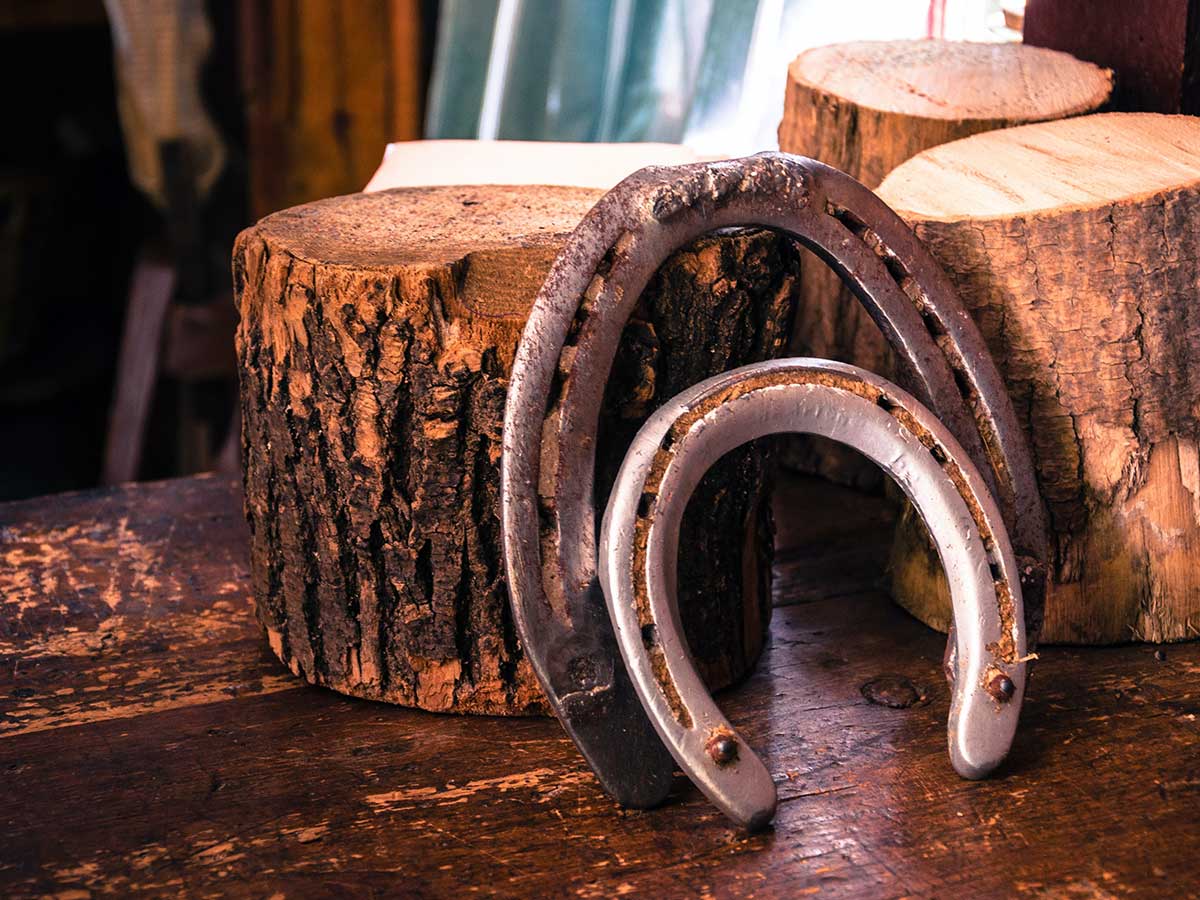
While there are so many rules about everything that the Amish can’t do, you may expect that life is quite boring without technology, electricity, or modern conveniences.
And that’s where you’d be very wrong—they enjoy all types of community sports like horseshoes, volleyball, birding, yodeling, and even board games. Youth also participate in sports including softball, hockey, basketball, and baseball.
The Amish have unusual inheritance customs.

It will come as no shock that women don’t inherit their family’s fortunes, but they will likely share in a loved one’s belongings, like a quilt or favorite skillet. Men, however, do inherit but quite differently than most Americans do.
The eldest son is thought to have received enough wisdom from his father to create a successful family life, so it’s the youngest son that inherits, due to his limited life exposure to the father. It’s thought that they will struggle the most as they’ve not had the opportunity to receive as much wisdom and life experience.
 Author
Rachel Downs
Last Updated: September 09, 2025
Author
Rachel Downs
Last Updated: September 09, 2025